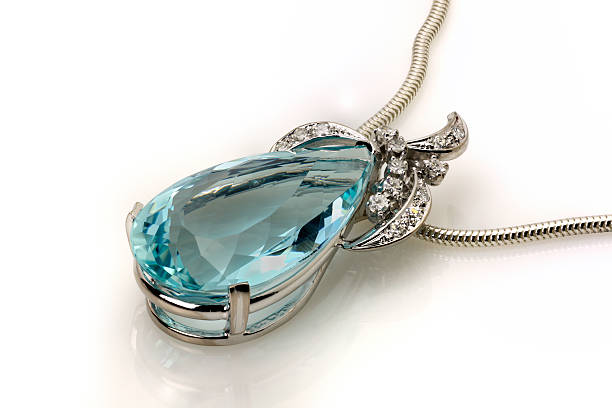The Appeal of Emerald Stones All Entries

Emerald stones come from a mineral called beryl, which gives them a vibrant bluish-green color. They have existed on the planet for billions of years and are mostly found in Africa and South America. Here are interesting details to know about these stones if you plan on investing in them.
How Gemologists Define Emerald Stones
Gemologists may differ in their opinion of what defines emerald stones, according to the Gemological Institute of America (GIA). If the green color is "too light," the stone will likely be categorized as a cheaper value green beryl instead of an emerald. The more the stone appears to be dark green, the more likely it will be identified as an emerald.
The reason actual emerald stones command more value than other green stones is that they are difficult for miners to find. That's why consumers often choose cheaper stones that have been treated with bleaching. This technique makes it difficult for the common person to know the difference between real and synthetic. A GIA gemologist can alert you if a stone received treatment to improve its appearance.
Altered and Synthetic Stones
One of the ways a treated gem can be deceptive in appearance is if it has been given surface coating with a coloring agent or a metal oxide thin film. A gemologist can tell if a thin film has been applied as a coating because the surface and edges are easier to scratch. Measuring the stone's hardness is important to determine purity, as emerald has a hardness of 7.5 to 8. Seasoned experts can also determine if a dye or heat treatment has been used to alter the color.
Synthethic emerald is widely available in multiple colors such as yellow, red, blue and green. One of the reasons consumers are attracted to them is that they have greater clarity in appearance than natural versions. The first synthetic emeralds were produced in the late 19th century. Russia was a large producer of these synthethic stones, such as synthetic beryl, in the late 20th century. The country remains a significant supplier of these gemstones that are developed through flux and hydrothermal processes.
Why Emeralds Are Appealing
Emerald stones have been sought for centuries because of their beautiful green color that matches the environment. Many people associate green with a calming effect due to its link to nature. That's partly why the emerald is designated as the gem of spring and the birthstone of May. It's also a popular choice for 20th and 35th wedding anniversaries.
Among the various types of colored stones imported into the United States, emeralds are the most popular and command the highest dollar value, according to the USGS. In terms of average cost per carat, emeralds rank number two in gemstones behind diamonds as American imports.
The rarity of emerald stones significantly plays into their value and demand. The four primary nations where these gemstones are produced today are Colombia, Zambia, Brazil and Zimbabwe. Other places where they are found include Russia, Canada, Ethiopia, Pakistan, Afghanistan, Nigeria, and Madagascar. The United States rarely mines for emeralds, but small amounts have been found in North Carolina.
One of the most stunning types of emerald stones is the trapiche emerald, in which the crystal section appears to be a six-leaf green clover over a black background.
Conclusion
Understanding how emerald stones are priced is important before spending money on them. Contact Ralph Mueller & Associates for more information on determining the fair market value of jewelry. We are GIA certified and have been helping Arizona jewelry enthusiasts determine the value of their emeralds for years.